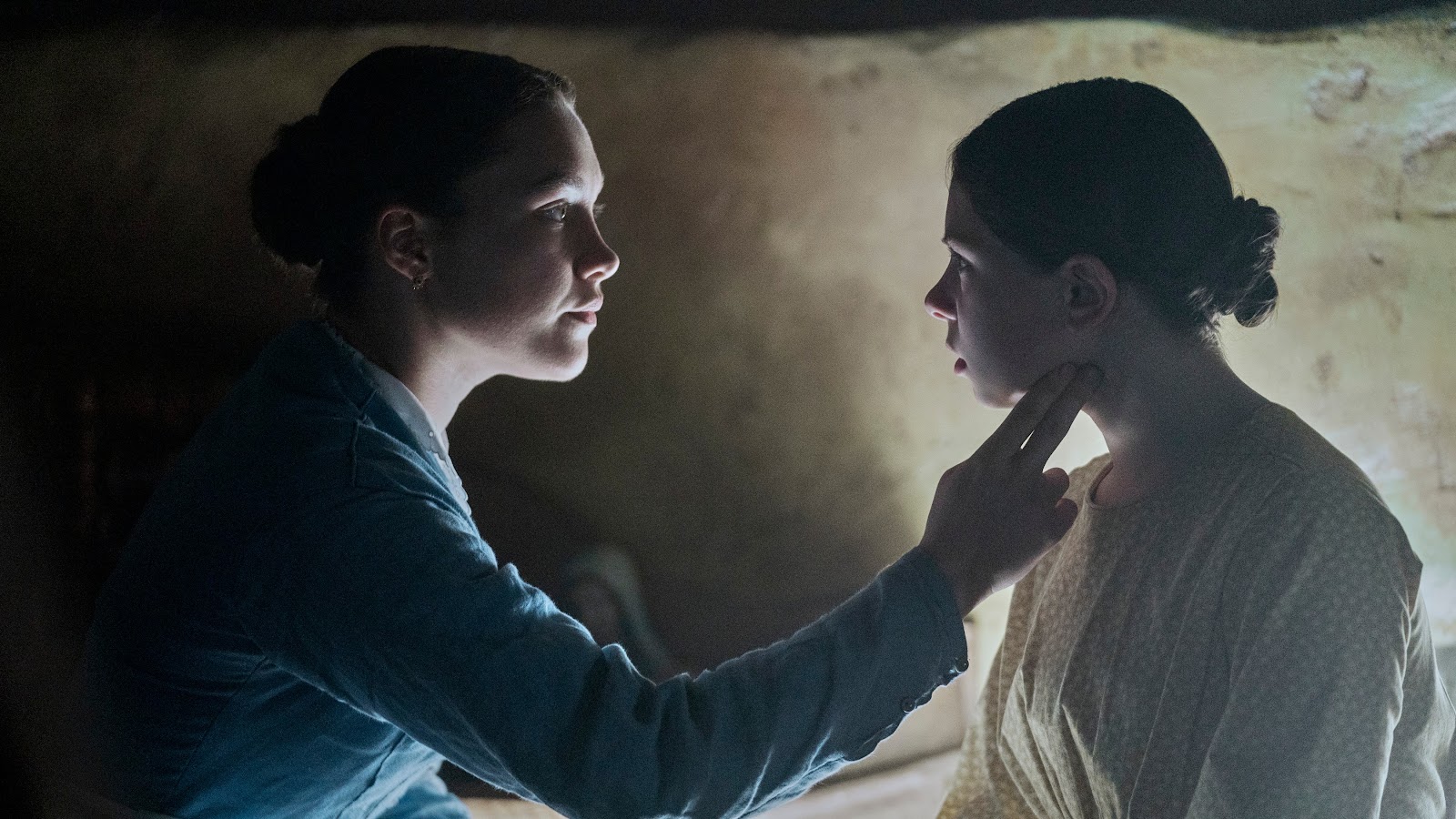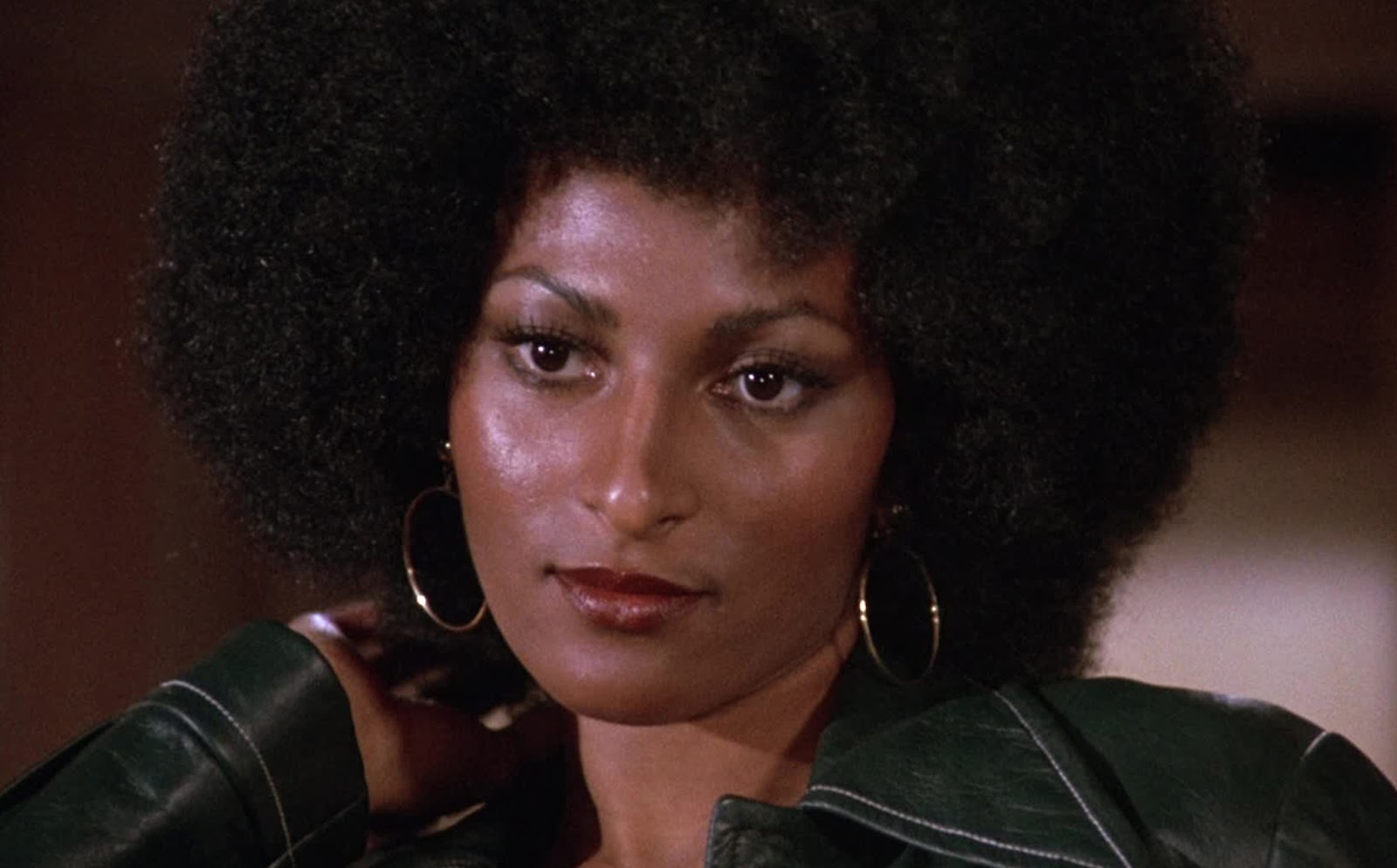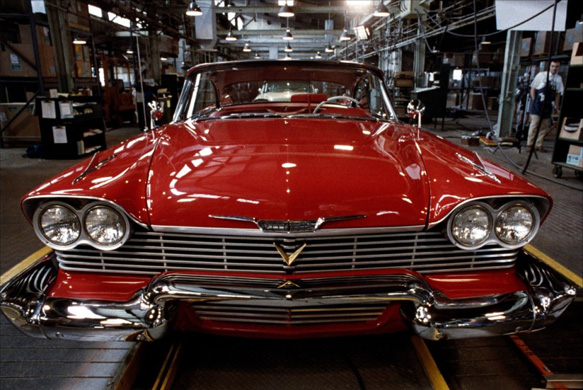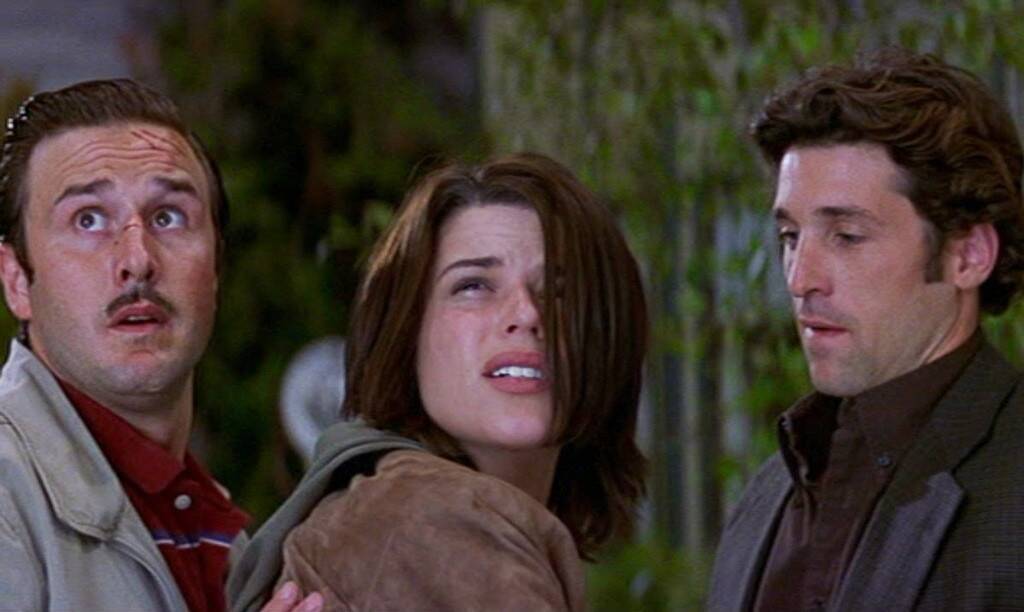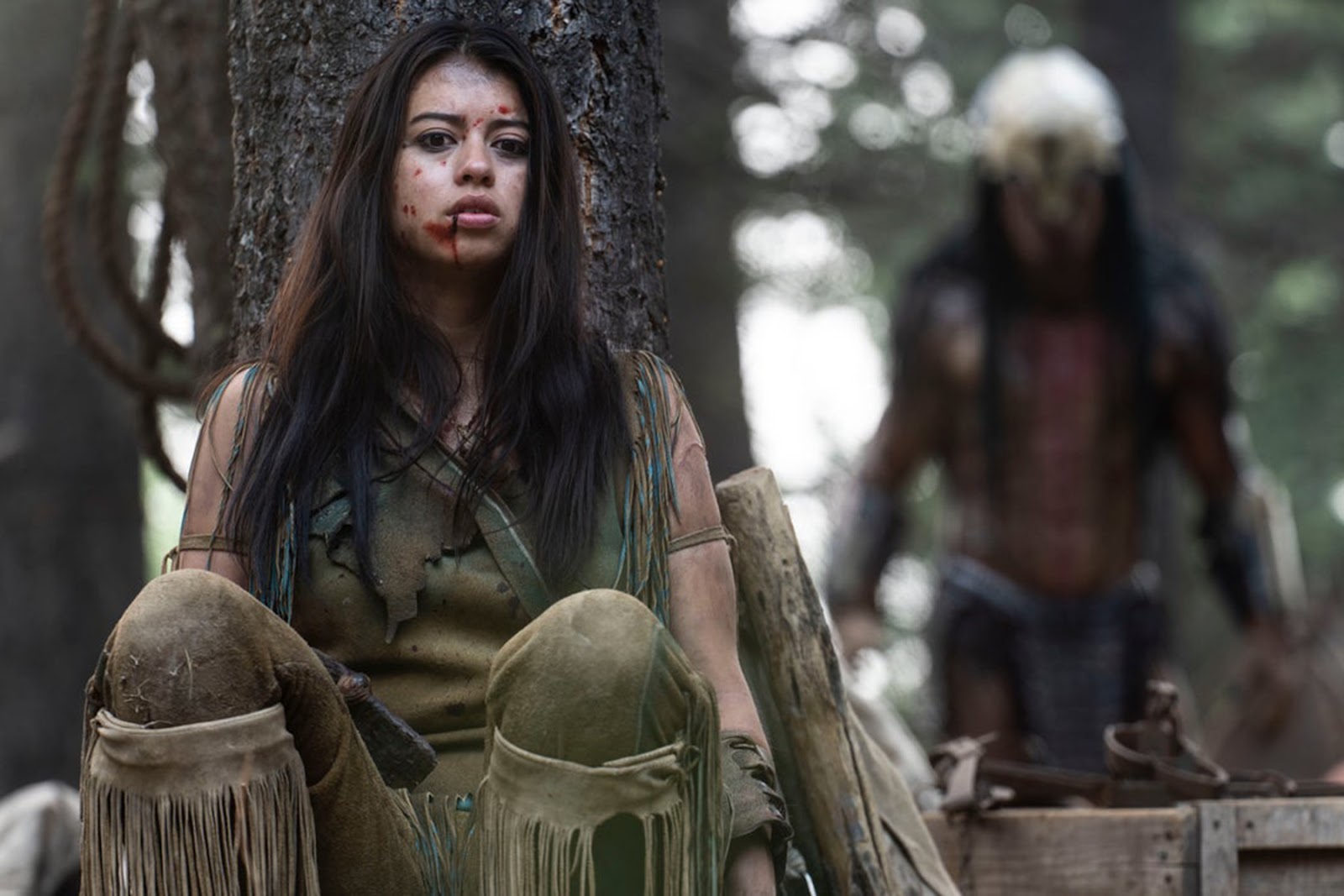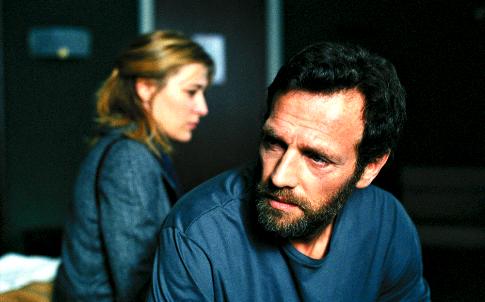Year: 1958
Director: Orson Welles
Screenplay: Orson Welles, based on the novel Badge of Evil by Whit Masterson
Starring: Charlton Heston, Janet Leigh, Orson Welles, Joseph Calleia, Akim Tamiroff, Marlene Dietrich, Zsa Zsa Gabor
Running Time: 111 minutes
Genre: Crime, thriller, film noir
In an unnamed town on the Mexican-U.S. border, a wealthy American businessman and his girlfriend are killed by a bomb planted in the car. Upstanding Mexican cop Miguel Vargas (Heston) and his new bride, Susie (Leigh), witness the explosion and cut short their honeymoon while Vargas becomes drawn into the investigation, coming up against powerful, corrupt police captain Hank Quinlan (Welles).
This is one of the best, as well as one of the last, of the classic film noir. The term film noir was coined by French film critics to describe a run of stylish American thrillers and crime dramas that featured bleak, cynical and often nihilistic attitudes, and which flourished in the 1940s and '50s. Based on the 1956 novel Badge of Evil by Whit Masterson, this is a surprisingly dark thriller, with it's striking visuals, including run-down locations, off-kilter camera angles, extreme close-ups, grotesque characters, and stark, black and white photography, the film has a genuinely nightmarish feel. The main flaw is its racially insensitive casting, with white actors, such as Charlton Heston and Marlene Dietrich, cast as Mexican characters. Although it is worth pointing out that the Mexican Vargas (albeit played by Heston) is the noble hero, while the white American Quinlan is the chief antagonist. In the character of Hank Quinlan, Orson Welles creates one of the screen's most memorable monsters. A racist, corrupt cop who plants evidence to frame suspects, and has all the powerful people in the town in his pocket, and who seem to orbit him like satellites around a planet. The ageing, gargantuan Quinlan, an alcoholic, who constantly eats candy bars, and walks with a cane, he seems almost to be falling apart in front of our eyes, and yet there are flickers of the tattered remnants of nobility in his small, narrow eyes, and in his relationship with ex-lover Tana (Marlene Dietrich under very heavy makeup), who appears to be the only person who really knows and cares about him, there is a kind of tenderness, making him more damaged than truly evil. A miscast Charlton Heston (who looks kind of like a young Sean Connery here) is okay, and Janet Leigh is good as Vargas' new wife, Susie, even if she doesn't have much to do. The scene where she is attacked in a remote motel almost foreshadows her most famous role in Psycho (1962). The film was taken away from Welles and re-edited by the studio without his approval. For example, in Welles' version there are no opening credits, and the film opens with a famous sequence where a ticking time bomb is placed in the boot of a car. An unsuspecting couple get in the car and drive off. We follow the car through the streets, there is no score, instead we hear street sounds: Music spilling from bars and restaurants, police whistles, car noises, muffled conversations, and then the car explodes. In the release version, the credits are splashed over Welles' carefully composed shots, and the street sounds replaced by loud, brassy music. A furious Welles penned a 58 page memo outlining his vision for the film. In 1998, the film was restored and re-edited according to Welles' instructions. Now it can be seen for the masterpiece it is.
Orson Welles, Victor Millan, Joseph Calleia and Charlton Heston in Touch of Evil

